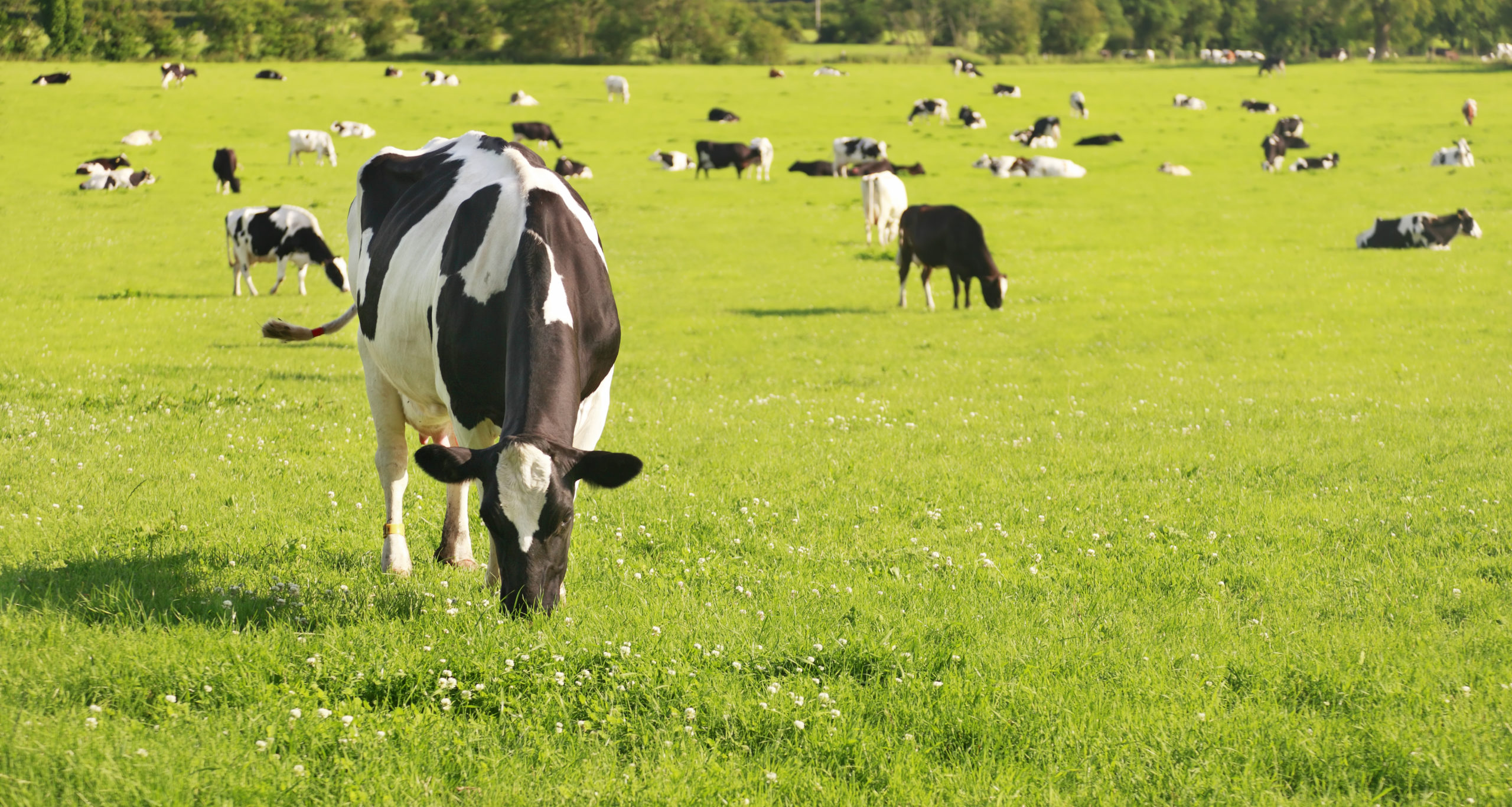Tips to Minimize Heat Stress In cattle

With the hot summer in full swing, heat stress in cattle is a big concern. There’s rarely a summer month in which we don’t get at least one prolonged hot spell that makes us and the cows miserable. Heat stress is particularly hard on cattle and can cause all kinds of problems including lower milk production, poor breeding efficiency and reduced feed intake. Heat stress will also cause increased disease susceptibility and even death in severe cases, making it important to minimize heat stress in cattle as much as possible.
Understanding and Preventing Heat Stress in Cows
All mammals regulate their internal temperatures involuntarily. Heat stress begins when the cow’s ability to self-regulate is overwhelmed, and the animal’s health is compromised. More specifically, heat stress is caused by a combination of environmental factors that affect a cow’s ability to keep cool. Managing cow heat stress, therefore, begins with an understanding of the optimal environmental conditions for cows. The optimal temperature range for cow comfort is between 25 and 70 degrees Fahrenheit. Once temperatures rise over 70 degrees, cows begin to cool themselves by sweating and breathing rapidly. But cows sweat minimally, so increased breathing rates and open mouth panting become the primary responses cows display when trying to cool down. However, your cows don’t need to be victims of heat. Here are some tips you can use to combat heat stress and maintain your animal’s performance during hot periods:
Provide Sufficient Water
The best way to minimize heat stress in cattle is to provide adequate quantities of cool drinking water. Water plays a significant role in keeping an animal’s temperature within limits while helping to improve its performance. Cattle in confined pens should be given water at the rate of 1% of body weight per cow per hour.
Handle Animals Early in the Morning
Handle your cattle early in the morning before temperatures become too high. It is recommended that you handle the cows before 8 a.m. and never after 10 a.m. The animal’s body temperature peaks about two hours after environmental temperatures reach their hottest, and it takes more than six hours to return to normal. Handling cattle very early in the morning will reduce the risk of heat stress.
Minimize Movement
Move cattle only short distances during summer. Strategic scheduling of pen movements can help to reduce unnecessary travel in the heat and help prevent stress. Moving heavier cattle closer to feeding points can also help combat heat and lower the risk of heat stress.
- Provide Sufficient Ventilation
If you’re feeding your cows in an enclosed building, fans should be used to circulate air through the building, open doors to improve airflow and provide access to shade outside the pen.
- Cool the Cattle and Ground Gradually
Slowly wetting animals with cold water from sprinklers is also an effective way of cooling an animal suffering from heat stress. Soaking the ground where they walk on and sleep on can also help cool the area and reduce effects of heat stress.
- Provide Shade
Shade is important, especially for dark-haired cattle. Therefore, providing pasture with access to trees and shade is essential.
Heat during summer is inevitable. Thankfully, you can take the above preventative measures before temperatures reach dangerous levels to reduce the effects of heat stress and maintain your animal’s performance. To learn more about how to minimize heat stress in cattle during summer, along with a variety of other animal care tips, contact LIRA GOLD today.
